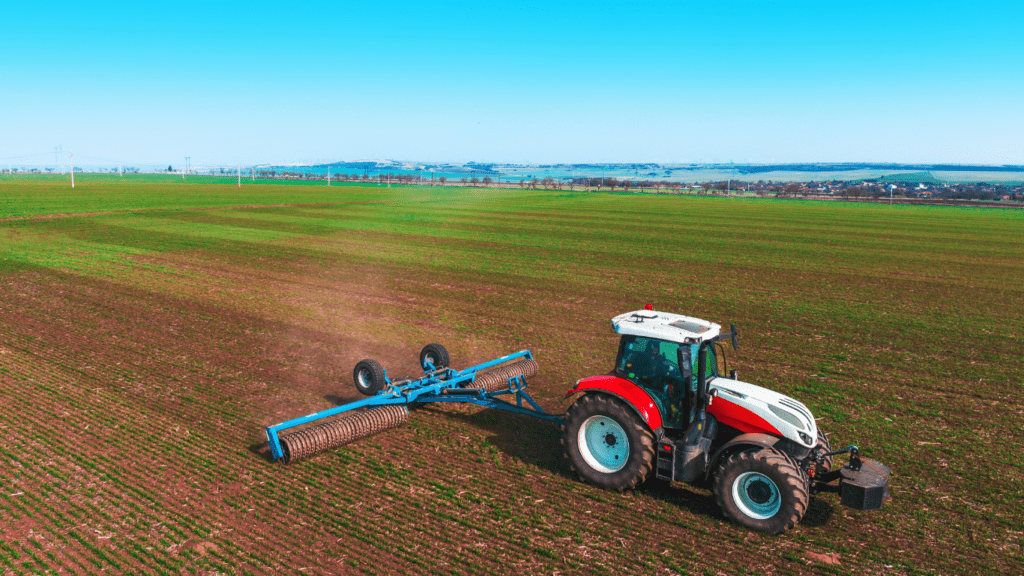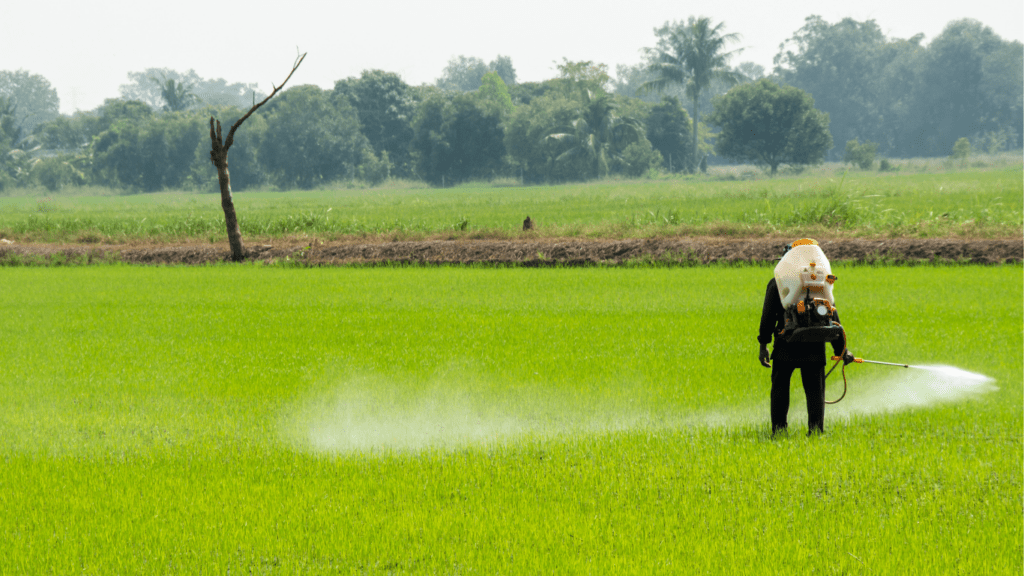Emerging Technologies in Pest Control
New technologies in pest control offer innovative solutions to safeguard crops sustainably and efficiently. Combining various methods enhances overall effectiveness and reduces reliance on a single approach.
Biological Control Methods
Biological control methods use natural predators, parasites, or pathogens to manage pest populations. Introducing beneficial insects like ladybugs and predatory mites into crop fields can reduce pests such as aphids and spider mites.
Additionally, entomopathogenic fungi and bacteria, for instance, Beauveria bassiana and Bacillus thuringiensis, infect and kill specific pests, offering targeted control while sparing beneficial insects.
Chemical Innovations
Chemical innovations have improved the efficacy and environmental safety of pest control products. New formulations, such as neonicotinoids and insect growth regulators, target pests more precisely, reducing off-target effects. Additionally, advancements in nano-pesticides increase the stability and dispersal of active ingredients, resulting in lower usage rates and decreased environmental impact.
Mechanical and Physical Controls
Mechanical and physical controls provide non-chemical ways to manage pest populations. Using barriers like insect netting can prevent pests from reaching crops.
Employing traps and attractants captures and monitors pest activity, allowing early intervention. Advanced technologies, including automated robots and drones, can physically remove pests or apply treatments with precision, reducing labor costs and increasing efficiency.
These emerging technologies in pest control foster sustainable practices, ensuring long-term productivity and environmental stewardship.
Integrated Pest Management Strategies
Integrated Pest Management (IPM) strategies offer an effective, sustainable approach for controlling pests in agriculture. By combining multiple methods, IPM enhances crop protection while minimizing environmental impact.
Benefits of Integrated Pest Management
IPM reduces the need for chemical pesticides, lowering the risk of resistance development in pests. This approach promotes diverse pest control tactics, including:
- Biological Control: Utilizes natural predators, parasites, or pathogens. For instance, introducing ladybugs to manage aphid populations.
- Cultural Practices: Involves crop rotation, intercropping, and maintaining soil health, which disrupts pest life cycles.
- Mechanical Controls: Involves traps and barriers. Farmers often use sticky traps to monitor and reduce insect populations.
- Chemical Methods: Applies pesticides as a last resort. Selective chemicals target specific pests, minimizing harm to beneficial organisms.
IPM enhances ecological balance, ensuring that pest control doesn’t compromise biodiversity or soil health.
Case Studies of Successful Implementation
Spain’s Almería region provides an excellent example of successful IPM. Greenhouse vegetable production there integrates biological control agents like predatory mites to manage whiteflies and thrips. This approach has reduced chemical pesticide use by 90%, boosting both crop yield and quality.
In the United States, apple orchards in Washington State demonstrate another success. Implementing mating disruption techniques for codling moths has reduced reliance on traditional insecticides.
Coupled with pheromone traps and beneficial insect releases, these tactics have resulted in a 65% reduction in chemical pesticide applications.
These cases highlight IPM’s adaptability and effectiveness across different agricultural contexts, proving its value in modern farming practices.
Advances in Crop Protection Techniques

There have been significant innovations in crop protection techniques, improving agricultural sustainability and productivity. These advancements use modern technologies and methods to safeguard crops from pests, diseases, and environmental stressors.
Soil Health and Management
Maintaining healthy soil is crucial for effective crop protection. Practices like:
- crop rotation
- cover cropping
- reduced tillage
improve soil fertility and structure. Using organic matter, such as compost and manure, enhances soil health by providing essential nutrients and promoting beneficial microorganisms. Monitoring soil pH and nutrient levels ensures optimal growing conditions, reducing the risk of pest outbreaks and disease proliferation.
Use of Biotechnology
Biotechnology has revolutionized crop protection by introducing genetically modified (GM) crops resistant to pests and diseases. GM crops, such as Bt corn and Bt cotton, produce toxins that target specific pests, reducing the need for chemical pesticides.
Gene editing techniques like CRISPR allow precise modifications to enhance crop resilience against environmental stressors.
Biopesticides, derived from natural organisms, offer sustainable alternatives to chemical pesticides by targeting specific pests without harming beneficial insects. These innovations significantly contribute to efficient and eco-friendly crop protection.
Challenges and Future Directions
Farmers face significant challenges in crop protection and pest control due to climate change and the adoption of sustainable practices. Addressing these issues is crucial for ensuring agricultural resilience and safeguarding the environment.
Addressing Climate Change Impacts
Climate change directly affects pest populations and crop vulnerability, making pest control more complex. Shifts in temperature and precipitation patterns create conducive conditions for pests and diseases.
For example, warmer temperatures can expand the range of crop-damaging insects like the European Corn Borer. Additionally, increased frequency of extreme weather events leads to unpredictable pest outbreaks. Using predictive analytics allows farmers to anticipate and manage emerging threats effectively.
Adaptation strategies, such as developing heat-tolerant crop varieties and enhancing irrigation systems, mitigate climate-related risks. Innovating biopesticides that remain effective under varying climate conditions is another promising approach.
Sustainable Practices and Their Adoption
Adoption of sustainable practices is essential for long-term agricultural success. Integrated Pest Management (IPM) incorporates organic farming, crop rotation, and reduced pesticide use, creating a balance between productivity and environmental health.
However, widespread adoption faces barriers like knowledge gaps and initial costs. Providing farmers with education and access to sustainable techniques ensures successful implementation.
Incentives from governments and organizations encourage the shift towards eco-friendly practices. For instance, subsidies for organic fertilizers and investments in precision agriculture technologies promote sustainable farming. Developing scalable and cost-effective solutions helps bridge the gap between traditional and sustainable farming methods.



